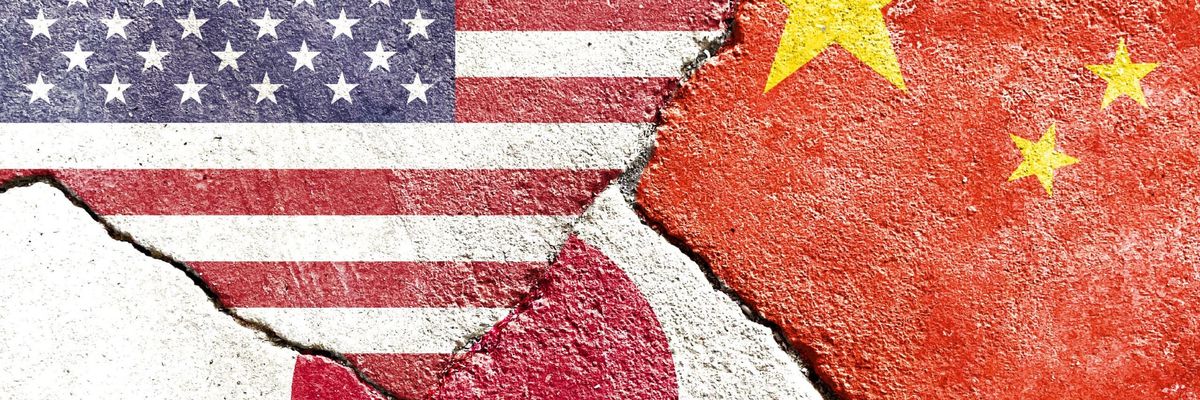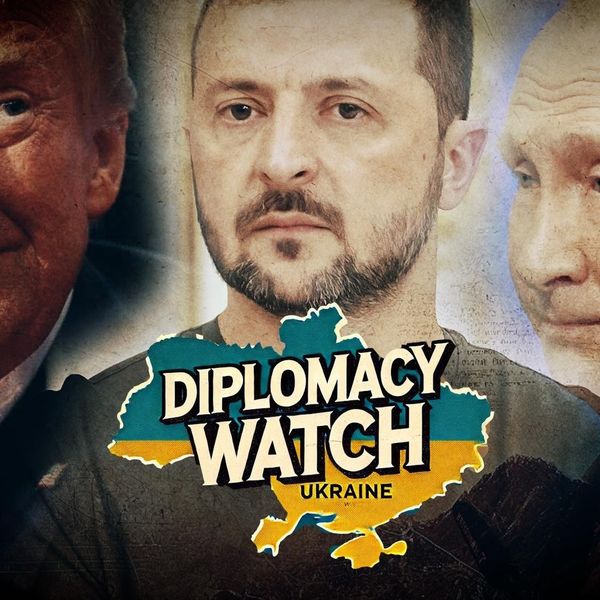As the first foreign leader invited by President Biden to visit Washington, Japanese Prime Minister Yoshihide Suga’s arrival this week highlights the key role that the U.S.-Japan alliance plays in Washington’s Asia strategy geared toward tackling challenges posed by an increasingly assertive China.
Apart from traditional security issues such as China’s behavior in the East and South China Seas, Japanese leaders have recently become more explicit and frequent in raising their concerns about human rights issues in China, especially the situation in Hong Kong and Xinjiang. In a recent virtual meeting with his Chinese counterpart, Japan’s Foreign Minister Toshimitsu Motegi raised the issues of Hong Kong and Xinjiang alongside the Diaoyu/Senkakus, a group of uninhabited islets in the East China Sea the sovereignty of which is contested between the People’s Republic of China, Japan, and the Republic of China on Taiwan. Likewise, in a joint statement issued following a meeting between top U.S. and Japanese diplomats and defense officials in March, the Sino-Japanese territorial dispute is juxtaposed with Hong Kong and Xinjiang as major issues for the alliance in their dealing with China.
While concerns about the situation in Hong Kong and Xinjiang are shared and expressed by other members of the international community, conflating them with the Diaoyu/Senkaku dispute in the context of the Sino-Japanese bilateral relations and the U.S.-Japan alliance vis-à-vis China is not necessarily prudent or helpful for either managing the heightened tensions at sea or improving the situation on the ground in Hong Kong and Xinjiang.
Rather, Japan should make an effort to consistently and clearly compartmentalize the territorial dispute from the Hong Kong and Xinjiang issues. And as the Biden administration strives to reinvigorate the U.S.-Japan alliance, it too should avoid conflating the Diaoyu/Senkaku dispute with Hong Kong and Xinjiang when laying out priorities for the alliance, because these are two inherently different types of issues — although in Beijing’s standard lexicon they are often similarly referred to as China’s “core interests.”
Indeed, the Diaoyu/Senkaku issue is by definition an interstate dispute over the ownership of territories. Moreover, seen by China as a legacy of Imperial Japan’s aggression, the territorial dispute is often closely intertwined with other emotionally charged issues surrounding the wartime history, chauvinistic nationalism, domestic politics, and competition for maritime space and resources, making compartmentalization and a rapid de-escalation already difficult enough for decision makers of both sides to pursue when there are flare-ups over the disputed islands. This difficulty is further compounded by the fact that the Sino-Japanese crisis prevention and communication mechanism in the East China Sea, although agreed upon in mid-2018, has neither been fully-fledged nor actually curbed dangerous encounters at sea.
In the event of a Sino-Japanese crisis over the Diaoyu/Senkakus, the United States can be dragged into an armed conflict with China over the uninhabited islets. The risk is real, given the U.S. treaty obligations with respect to the contested islands. Starting from 2004, the United States has made it clear that Article 5 of the U.S.-Japan Security Treaty applies to a Sino-Japanese scenario in the Diaoyu/Senkakus, meaning that an armed attack on the territories under Japanese administration would trigger the U.S. obligation to defend Japan. This position has been openly reiterated by successive U.S. presidents in 2014, 2017, and most recently in January 2021.
In contrast, Hong Kong and Xinjiang, often claimed by Beijing as China’s “domestic affairs,” are in and of themselves not interstate issues between China and Japan or China and the U.S.-Japan alliance, although the alliance has an interest in promoting human rights and other universal values. Juxtaposing human rights concerns with the Diaoyu/Senkaku dispute may only serve to support Beijing’s rhetoric that the United States and Japan are using human rights issues as tools to achieve geopolitical objectives, i.e., pressuring, smearing, and containing China.
Meanwhile, external pressuring through heavy-handed sanctions often not only turns out to be ineffective, but also risks holding complex bilateral relationships hostage to a single issue area. Japan and the United States should recognize that any fundamental, sustainable solutions to these issues can only come from inside China.
Moreover, experience from the 2012 Diaoyu/Senkaku nationalization episode precisely underscores the point that conflating the two issues could be counterproductive. In May 2012, the World Uyghur Congress (WUC), a pro-Xinjiang-independence organization that Beijing claimed had engaged in separatism and terrorism activities, was allowed to convene its general assembly in Tokyo despite strong oppositions from Beijing.
During her trip to Japan, Rebiya Kadeer, Chair of the WUC whom Beijing accused of leading the Uyghur separatist movement, made a 100,000 yen donation to support Governor Ishihara Shintaro’s initiative to purchase the three privately-owned islets of the Diaoyu/Senkakus and visited the controversial Yasukuni Shrine that honors Japanese war dead including 14 Class A war criminals from World War II. This move touched on two highly sensitive issues in Sino-Japanese relations and Beijing saw the donation in particular as suggesting a connection between Xinjiang and the Diaoyu/Senkakus. The Chinese foreign ministry strongly criticized the WUC as being “colluding with Japanese right-wing forces” to split China.
Thus, in the context of the Sino-Japanese relationship, Japan should compartmentalize the Diaoyu/Senkaku dispute from its discussions of Hong Kong and Xinjiang while urging China to respond in kind by insulating the territorial dispute from discussions of emotional historical issues. At the same time, Japan and China should accelerate the implementation of the bilateral maritime-aerial communication mechanism and expand its scope to govern encounters between their coast guard forces, both of which have recently been granted greater latitude in using weapons against foreign ships.
This does not mean that there is nothing that Japan can or should do about human rights. Concerns can be couched in the broader discourse on how the U.S.-Japan alliance can work to improve human rights in Asia and how Japan can strategically leverage its human security diplomacy, a core component in the Japanese Official Development Assistance, to make a unique contribution.
In multilateral settings, Japan can engage in human rights diplomacy that encompasses Hong Kong and Xinjiang but is not just about the two regions. In doing so, Japan can demonstrate its commitment to promoting human rights and universal values without appearing as if it is merely using Hong Kong and Xinjiang as bargaining chips with Beijing on the Diaoyu/Senkaku dispute.
For the United States, its main interest in the Diaoyu/Senkaku dispute is stability in the region and its credibility as an ally, and thus dual deterrence remains a smart strategy. To deter potential Chinese assertiveness, the U.S.-Japan alliance should develop a less provocative, less escalatory denial-centered strategy that prioritizes enhanced coastal and air defense capabilities in the area.
On the other hand, to avoid emboldening Japan to take unilateral actions such as the nationalization that risk triggering a militarized conflict with China, the United States should make clear that Japan should not engage in unprovoked actions on the territorial dispute.
With respect to Xinjiang and Hong Kong, considering the fact that the Sino-Japanese relationship has long been fragile and combustible, the United States needs to recognize that Japan is not in a good position to be vocal about these issues and refrain from encouraging/pressuring Japan to adopt such a position.















